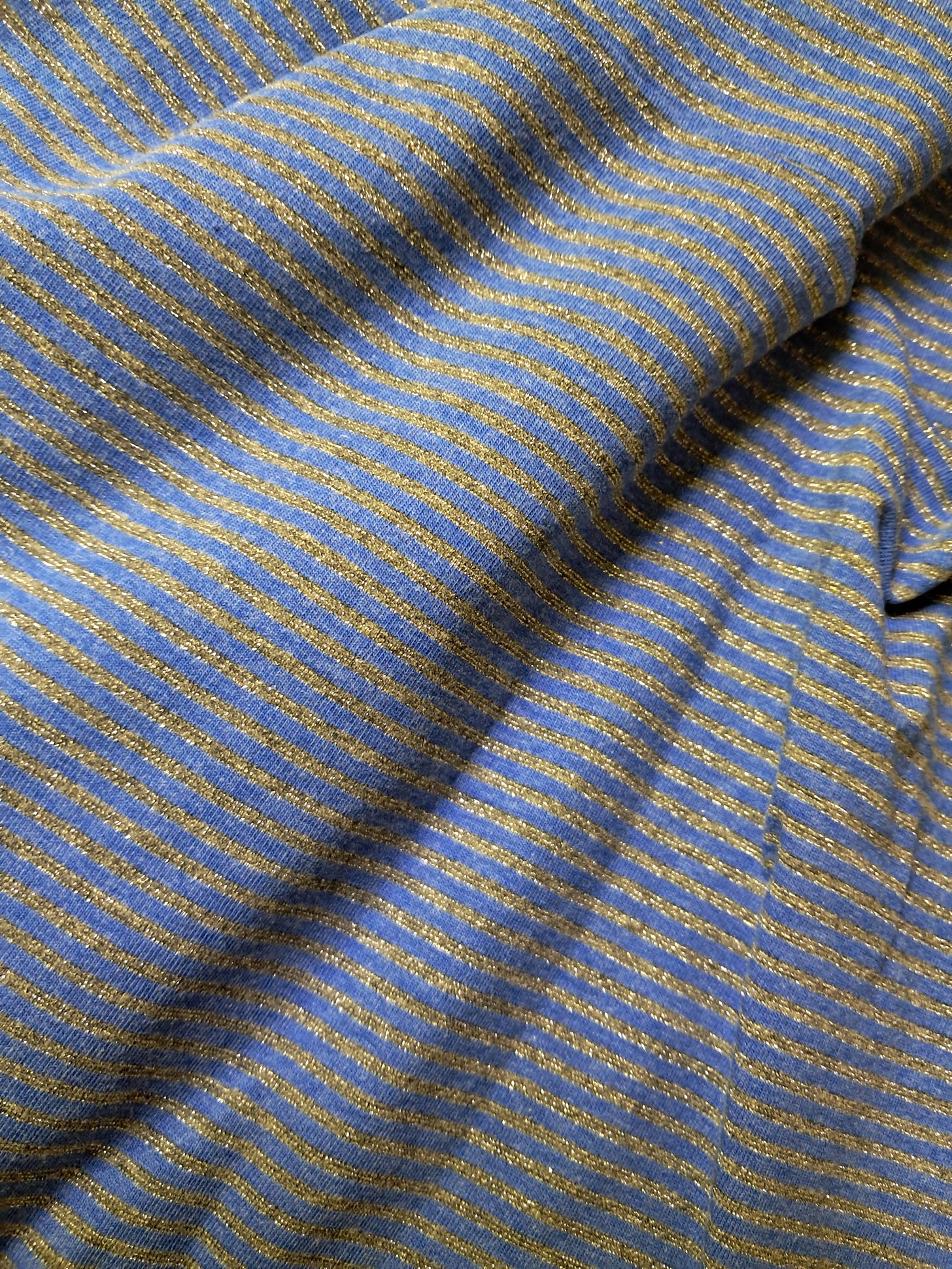If we could just stretch a little further…
An article about stretching fabrics… and the hope of technological immortality
“If we could just stretch a little further… we’d be immortal.”
- Halston, “Halston” (Netflix, 2021)
In the Netflix miniseries “Halston”, the American designer leans over a bolt of fabric and utters a line so deceptively simple that it goes beyond fashion and into something metaphysical. He’s speaking, on the surface, about textiles - the physical stuff that clings to skin, that moves with dancers, that wraps the body just enough to be elegant but not so much to be forgotten. But the line goes beyond its literal meaning.
The idea - if we could just stretch a little further - is about fabric, but also about limits, and the seductive possibility of transcending them. What Halston captures in that moment is more than a fashion designer’s longing for beautiful design: It’s a form of techno-desire, a desire to ease the tension between form and function, human and system, mortality and modernity. It’s the idea that if we can just push our materials (whatever they are) a little further, then the boundaries of being human will give way… and we’ll be free.

And isn't this, in its own way, the guiding fantasy of much of our contemporary technological life?
Stretching the system: our faith in “just a little more”
Today, most of us don’t work with satin or suede or jersey: We work with protocols, bots, models, apps. But the logic is the same: that the materials are close to where they should be… almost ready, almost capable of bearing the weight of our most ambitious hopes - if we can just make them stretch a little bit further.
We imagine that:
if the language model gets just a bit more coherent,
if the health dashboard just tracks a few more biometrics,
if the neural implant just becomes a few percent safer,
if the digital twin of the patient just maps a little deeper…
…then something impossible might become possible. We won't just live better. We'll live forever.
There’s a deep futurist longing here: maybe not for literal immortality, not consciously anyway, but for transcendence, for release from friction, decay, inefficiency, entropy, for a body that doesn’t break, a mind that doesn’t wander, a life that doesn’t lag.
This is how the language of cloud platforms, wearables, and wellness tech starts to mirror the old promises of religion. There is sin: disconnection, data opacity, medium discontinuity, the legacy (original sin?) of analog systems. And then there is salvation: integration, optimization, monitoring and surveillance (but for your own good). Your habits should be tracked, your sleep scored, your breathing and even your mindset corrected.
We no longer confess to priests, we sync to dashboards. Grace comes in the form of metrics, forgiveness arrives via firmware update.
And there is always the stretch towards a better version of yourself: Try to have a more productive morning, a quieter or more efficient nervous system. But no matter how close you get, you never quite reach it. That, however, is just the point: The stretch must remain.
The human body: still too fragile
We remain, stubbornly, made of cells, and biology doesn’t scale well. Cells and bodies bruise and break, they forget to divide properly, they melt under time’s quiet heat. To stop or slow this inevitable progress towards death, we apply sensors and supplements, dashboards and diagnostics. The modern body becomes a system of systems: monitored, optimized, prototyped. You can sleep-track your REM cycles, glucose-track your blood sugar, mood-track your serotonin… but still the body declines.
We keep stretching the interface between biology and machine - but the material still fails. The fabric rips. Mortality will not just go away.
And yet we don’t stop. Why? Maybe because this is the only cultural goal we truly believe in today: that better tech will somehow get us out alive.
We mistake stretch for salvation
Halston wanted fabrics that stretched like skin and returned like desire. And I’m not a fashion historian, but if the Netflix miniseries is to be believed, out of these fabrics he made garments that transformed the wearer, that promised something subtle, like grasping for something always out of reach, but only just. A dress that hinted that maybe, just maybe, you could slip out of the mortal body, sidestep time, and become something beyond.
Modern technology does the same: It wraps us in interfaces so sleek and seamless that we forget what’s missing underneath, and we mistake stretch for salvation. In “Androids, Dreaming”, my protagonist thinks of Donna Haraway who wrote in her “Cyborg Manifesto” that “our best machines are made of sunshine… they are all light and clean.” Protagonist Ruth says: “And indeed, I’m surrounded by devices with white or pastel surfaces, with no edges, rounded like babies or flat and elegant like expensive porcelain.”
But even the best fabrics and the best technological devices have limits to how far you can stretch them. Even the best systems fray at the edge. The hope that we can stretch just a little further isn’t foolish, it’s very human. But it’s also worth asking:
What are we stretching toward?
And what (or who?) gets torn in the process?
Because in the end, stretch is about tension and giving way. Something’s got to give, as they say.
Stories are about pattern. They reveal shapes. You can follow the pattern with your eyes and see where the fabric is stretched (and where it is crumpled, but that’s maybe an idea for another day).

